Aurelia™
字体介绍:
1990年,Linotype AG与Dr.-Ing Rudolf Hell GmbH合并,形成了Linotype- Hell AG(现为Linotype GmbH)。从那时起,Linotype就成为了所有字体的官方来源,这些字体最初是为Hell公司设计的。Linotype还使用包括OpenType在内的新技术改进了字体。
1458年,查理七世派遣法国人Nicolas Jenson到美因茨学习活字印刷术,Gutenberg就在美因茨工作。Jenson本应该带着他新学的技能回到法国,但他去了意大利,就像当时其他巡回印刷工人一样。从1468年起,他来到了威尼斯,在那里他成为了一名打孔工、印刷工和出版人。他可能是第一个使用活字印刷的非德国人,他印刷了大约150个版本。从1470年到1480年他去世的这几个世纪里,他的书一直是字体设计师的灵感来源。他的罗马字体通常被称为第一个真正的罗马字体。”值得注意的是,几乎所有的Jensonian Romans都使用小写的e,也就是众所周知的“Venetian Oldstyle e”。
Hermann Zapf's design for Aurelia is based on the forms of Jenson, an Old Style typeface developed by Nicolas Jenson in 1470 which still influences type design today. Zapf gave Aurelia a bit of his own personal style and adapted it to the demands of modern technology. Aurelia is a robust and classic font, suitable for both text and headlines. The family of typefaces was originally designed for use with the typesetting machines produced by the German company Dr.-Ing Rudolf Hell GmbH. The name Aurelia is a nod to the Roman emperor Aurelianus (214 - 275), who built the Via Aurelia in Italy.
In 1990, Linotype AG merged with Dr.-Ing Rudolf Hell GmbH, forming the Linotype-Hell AG (today Linotype GmbH). Since then, Linotype has been the official source of all fonts that were originally designed for the Hell Corporation. Linotype has also improved the typefaces using new technologies, including OpenType.
About Nicholas Jenson In 1458, Charles VII sent the Frenchman Nicolas Jenson to learn the craft of movable type in Mainz, the city where Gutenberg was working. Jenson was supposed to return to France with his newly learned skills, but instead he traveled to Italy, as did other itinerant printers of the time. From 1468 on, he was in Venice, where he flourished as a punchcutter, printer and publisher. He was probably the first non-German printer of movable type, and he produced about 150 editions. Though his punches have vanished, his books have not, and those produced from about 1470 until his death in 1480 have served as a source of inspiration for type designers over centuries. His Roman type is often called the first true Roman." Notable in almost all Jensonian Romans is the angled crossbar on the lowercase e, which is known as the "Venetian Oldstyle e.""

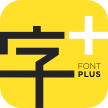








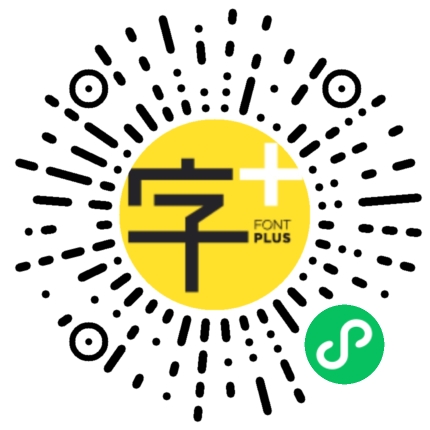


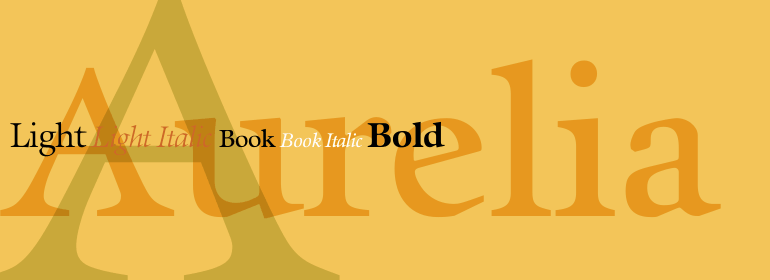
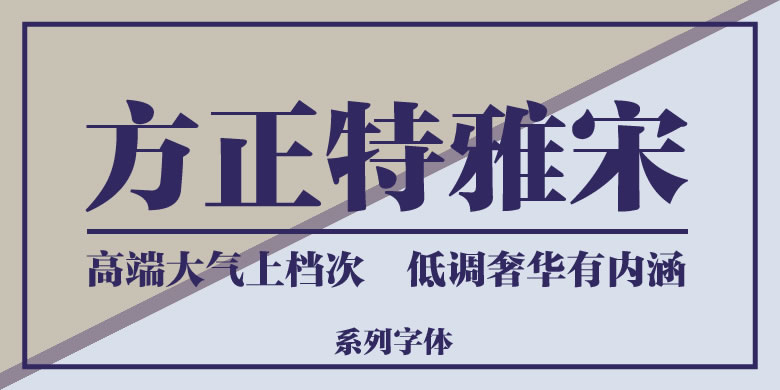

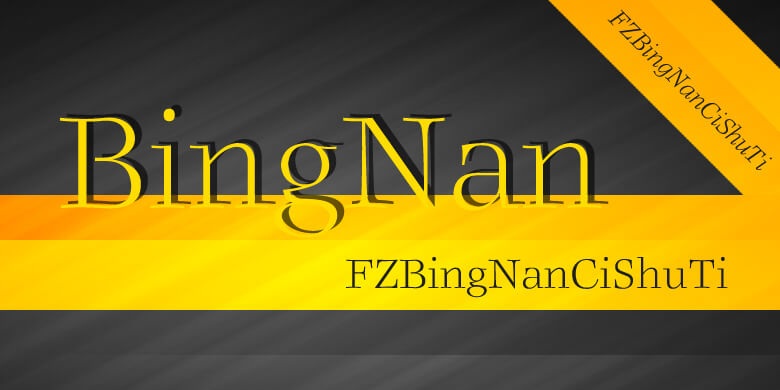
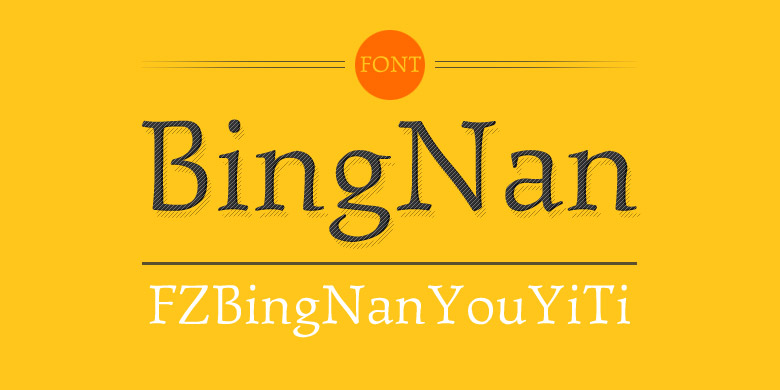



 商业发布授权
商业发布授权
 出版物授权:针对出版物
出版物授权:针对出版物
 嵌入式应用授权
嵌入式应用授权






